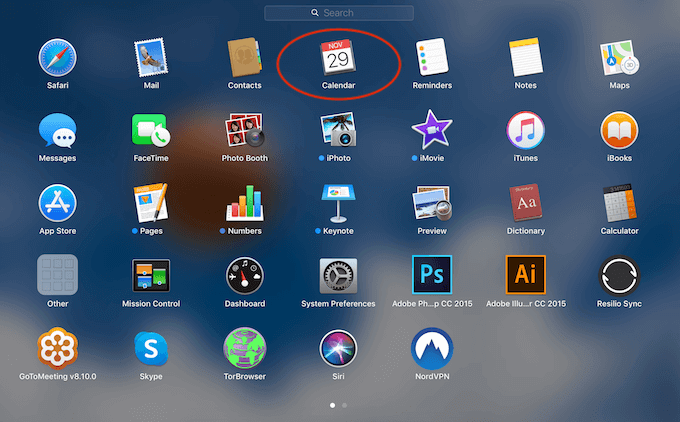
:max_bytes(150000):strip_icc()/002_close-applications-on-mac-5184824-a77bdc2a7850406da13951b5917f3dc4.jpg)
- #How to close background apps on macbook air how to
- #How to close background apps on macbook air free
Although the effect will only be related to that one particular application that got stuck, sometimes it can hurt.

When you force close on Mac, you may end up losing files and data, or mess things up on the drive. Tap OK or Force stop to confirm that you want to kill the running app.įorcing Mac to quit the application does resolve the problem but may have downsides.Tap See all apps and then locate the problem app that you want to shut down.Open the settings and tap Apps & notifications.Next time you launch this app, the operating system will run processes to load it back in memory, using yet more battery. When you force quit an app, it offloads the memory used by this app, which of course has a negative impact, albeit very small, on your battery. They’re bad habits, but they aren’t like unceremoniously unplugging a Mac’s external drive, where you could lose or corrupt data if files were open for writing.
#How to close background apps on macbook air free
Restarting your computer is the simplest way to free up RAM.Īs much as force-quitting iOS apps and restarting devices unnecessarily reduce battery life and waste your time, those actions won’t actually hurt anything. Close all apps: Swipe up from the bottom, hold, then let go. How do I close out apps?Ĭlose one app: Swipe up from the bottom, hold, then let go. Features such as Compressed Memory and App Nap keep your Mac running fast, and save power when many apps are open. You don’t have to quit apps once you’re done working in them - OS X allows you to work with several apps open at once.
#How to close background apps on macbook air how to

How do I close programs running in the background on my Mac?.


 0 kommentar(er)
0 kommentar(er)
